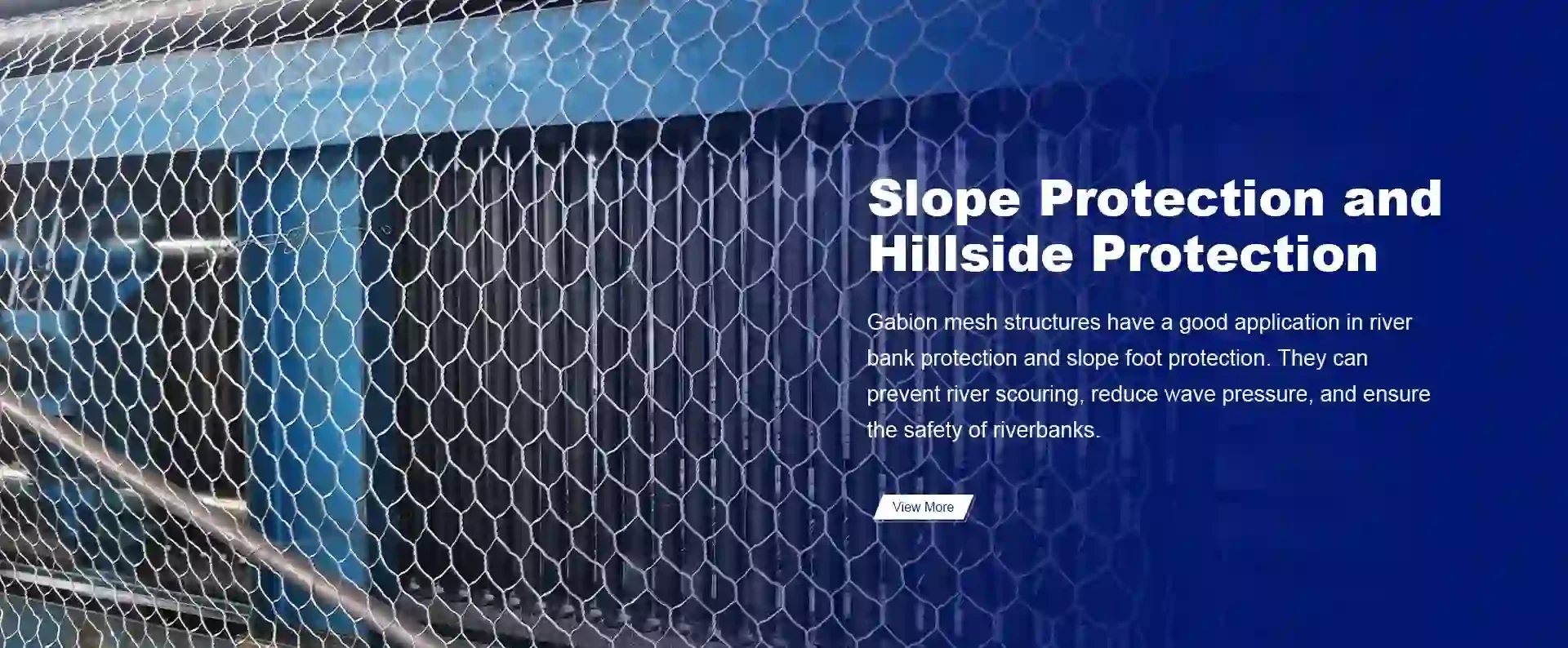-
 Phone:
Phone: -
 Email:
Email:

Rock Mesh Retaining Wall Design for Sustainable Landscape Solutions and Erosion Control
The Rock Mesh Retaining Wall A Sustainable Solution for Environmental Stability
Retaining walls have long served as crucial structures in civil engineering, helping to manage soil erosion, control water flow, and create flat surfaces on uneven terrains. Among various types of retaining walls, the rock mesh retaining wall has emerged as a popular and sustainable solution that effectively utilizes natural materials. This article explores the significance, design principles, benefits, and ecological impact of rock mesh retaining walls.
Understanding Rock Mesh Retaining Walls
A rock mesh retaining wall typically consists of a framework made of high-strength wire mesh that is filled with rocks or boulders. This combination of materials ensures strength, stability, and aesthetic appeal. The wire mesh is designed to accommodate the natural movement and settling of the materials, thus minimizing the risk of collapse. One of the primary advantages of this type of wall is its ability to blend seamlessly with the natural landscape, providing both functionality and a visually appealing structure.
Design and Construction Principles
The design of a rock mesh retaining wall requires careful consideration of various factors, including soil composition, drainage, and landscaping needs. Before construction begins, engineers conduct geological surveys to assess soil stability and drainage patterns. The retaining wall must be designed to withstand lateral pressures from the soil, especially during heavy rainfall when ground saturation can increase.
During construction, the wire mesh is shaped into a modular form, allowing it to adapt to various terrains. Rocks are then placed within the framework. The choice of rock materials can vary, offering a range of textures and colors that enhance the wall's aesthetic appeal. Furthermore, the design often includes spaces for vegetation, which contribute to natural drainage and add to the wall's visual softness.
Benefits of Rock Mesh Retaining Walls
rock mesh retaining wall

1. Ecological Sustainability One of the most significant benefits of rock mesh retaining walls is their environmentally friendly nature. The use of natural rocks minimizes the carbon footprint associated with traditional concrete retaining walls. Moreover, these walls can promote biodiversity by allowing plants to grow in the gaps of the mesh, supporting local flora and fauna.
2. Cost-Effectiveness While initial construction costs can be similar to traditional retaining walls, the long-term savings are notable. Rock mesh retaining walls require minimal maintenance as they are less susceptible to the cracking and bulging that can plague concrete structures. Additionally, the longevity of natural materials can reduce the need for early replacements or repairs.
3. Enhanced Drainage The open design of rock mesh walls allows for effective water drainage, reducing the risk of hydrostatic pressure that often leads to wall failure. This characteristic is crucial, especially in regions with heavy rainfall or where water runoff is a concern. Proper drainage is essential to the integrity of any retaining wall, and rock mesh designs excel in this regard.
4. Aesthetic Value Unlike traditional concrete walls, rock mesh retaining walls can be aesthetically pleasing, blending harmoniously into their surroundings. This natural beauty not only enhances the landscaping but also increases property value, making them a preferred choice for residential and commercial developments alike.
Conclusion
In an era where sustainability and environmental considerations take precedence, rock mesh retaining walls offer an effective solution for managing soil and water while preserving natural aesthetics. Their design principles emphasize ecological balance, addressing both safety and visual integration with the landscape.
Whether in urban developments, rural projects, or environmental restoration initiatives, rock mesh retaining walls present a robust and sustainable option. As we move toward more environmentally aware construction practices, the adoption of these innovative structures will undoubtedly play a pivotal role in shaping resilient and beautiful landscapes for future generations.
-
Wire Mesh for Every Need: A Practical SolutionNewsJul.25,2025
-
Steel Fences: Durable, Secure, and Stylish OptionsNewsJul.25,2025
-
Roll Top Fencing: A Smart Solution for Safety and SecurityNewsJul.25,2025
-
Cattle Farm Fencing Solutions for Maximum SecurityNewsJul.25,2025
-
Affordable Iron Binding Wire SolutionsNewsJul.25,2025
-
Affordable Galvanized Wire SolutionsNewsJul.25,2025
-
Wire Hanger Recycling IdeasNewsJul.25,2025








